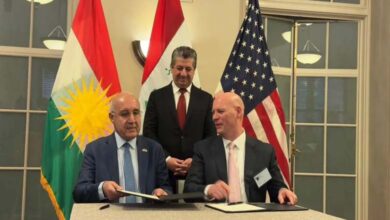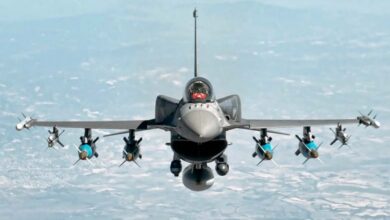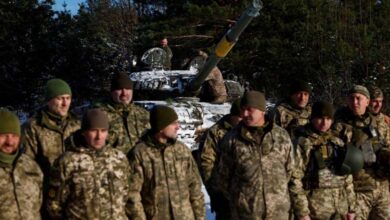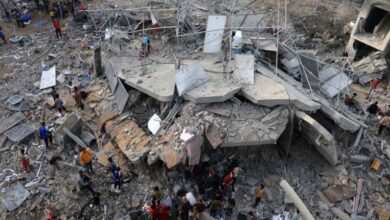The West and Peace in Ukraine: Conditions to Bridge the Gap Between Ground Realities and Negotiations
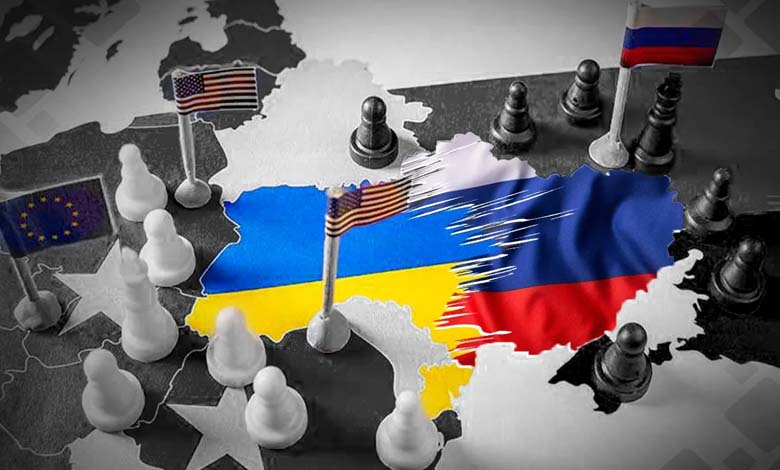
There is a widening gap between the realities on the ground and ongoing negotiations — a gap on which hopes for a difficult peace in Ukraine rest, in the absence of any solid foundation for ending the deadliest war in Eastern Europe, according to a Ukrainian perspective.
-
Land for Temporary Peace: Will Ukraine Be Forced into a Painful Solution?
-
Ukraine and Russia in the “State of the Union”: A Sign of Peace and Readiness for Dialogue
As the war in Ukraine enters its fourth year, international pressure is mounting to push both sides toward a resolution, especially given the rising human and economic costs, and the shifting priorities of some Western powers in the face of other global threats.
According to Foreign Affairs, what appears to be a pursuit of a “comprehensive peace” actually conceals a harsher reality: the war has not yet reached a point of balance that would enable either party to impose conditions at the negotiating table.
Mistrust prevails, and conflicting visions of what “peace” entails place Ukraine and the West at a dangerous crossroads.
-
Peace Stalled Between Moscow and Kyiv… Accusations Riding on Drone Wings
-
War Consumes the Reserves: Ukraine Lures Gen Z with Cash and Perks
Kyiv Rejects a “Forced Peace”
Ukrainian officials have openly and repeatedly rejected any plan that involves making territorial concessions to Russia, arguing that such compromises would only pave the way for future aggression.
For President Volodymyr Zelensky, any negotiation that does not begin with a complete Russian withdrawal amounts to a tacit recognition of the legitimacy of the invasion.
This stance stems from Ukraine’s deeply rooted belief that Russia does not negotiate sincerely, but rather uses diplomacy to buy time. From the Kremlin’s perspective, every temporary truce is an opportunity to reposition forces, reinforce defenses, and prepare for the next wave of escalation.
-
Russia and Ukraine Between Fire and Negotiation: Missiles in the Sky and Exchanges on the Ground
-
From 2022 to 2025… Key Diplomatic Milestones to Stop the War in Ukraine
The Illusion of “Easy Peace” in Washington
In American political circles — particularly among Republicans close to Donald Trump — the idea of enforcing a “grand bargain” on both parties reflects an increasing disconnect from the complexity of the military and political landscape in Eastern Europe.
Trump has claimed he could end the war within 24 hours, promoting a strategy based on simultaneous pressure on both Kyiv and Moscow. However, this approach is challenged by hard facts:
- Moscow is still clinging to its territorial gains and seeking further annexations.
- Kyiv now sees the war as existential, not merely a border dispute.
- Most crucially, Europe is unwilling to pay the price of a peace that weakens Ukraine — something the Kremlin would view as a green light for further invasions.
-
Ukraine War: Kyiv Hints at Concessions in a Plan Full of Obstacles
-
Ukraine Settlement: Trump’s Plan Clashes with Kyiv’s Stubbornness and Moscow’s Missiles
The Deterrence Gap
Western capitals are currently debating the scale and nature of military aid to Ukraine, amid delays by some governments and fears by others of being drawn into a direct conflict with Russia.
This hesitation reveals a deeper issue: the absence of a cohesive Western strategy that links military pressure with a serious negotiation framework.
The Kremlin exploits these cracks, banking on fading Western support and growing calls for “donor fatigue,” all while continuing to drain Ukraine’s resources and impose complex facts on the ground.
-
An American Historical Solution for the Ukraine Crisis: The Post-War Berlin Model
-
Military Spending Challenges and Support for Ukraine: Europe between Ambition and Division
No Negotiation Without Balance
Without a credible deterrent balance, and without firm international guarantees for Ukraine, real negotiations remain out of reach.
Every negotiation attempt since 2014 — from the Minsk agreements to the Istanbul talks — has shown that Russia does not honor commitments unless they involve real costs.
Kyiv insists on three core conditions for any credible political process:
- Full withdrawal of Russian forces.
- Accountability for war crimes committed by Moscow.
- Binding international security guarantees.
Without these conditions, negotiations would merely serve to entrench Russia’s gains.
-
Behind the Fronts: An Image Sparks a Symbolic War between Russia and Ukraine
-
The UAE Continues Its Consistent Approach to Supporting Global Peace and Stability
Europe Between Division and Decisiveness
Europeans understand the existential risks of a prolonged war, yet remain hesitant to take decisive escalatory steps against Russia.
From Paris to Berlin to Brussels, views diverge on the acceptable level of risk. France has floated the idea of sending symbolic troops for training, while Germany staunchly opposes it.
Meanwhile, Putin is counting on these Western divisions to weaken the united front and push through a settlement on his own terms.
-
Secret Document Reveals… What Does Russia Want from Ukraine?
-
U.S. Support Halted: Dangerous Scenarios for Ukraine in Its Fight against Russia
A Unified Strategy is Missing
The analysis argues that the U.S. desire for a “safe exit” from Ukraine — especially if Trump returns to the White House — could provide Putin a historic opportunity to dictate terms.
However, if Western support continues, the war may drag on, with both sides hoping to shift the balance of power in the future.
In both scenarios, the lack of a coherent strategy linking battlefield dynamics to diplomacy will keep the peace gap wide open — and could escalate into broader regional chaos.
-
Ukraine Faces an Uncertain Future after a Clash Between Zelensky and Trump
-
On the Anniversary of the War in Ukraine… Russia Fails to Understand Trump’s Plan and Sets Its Negotiation Objective
No Peace in Sight
Peace in Ukraine is not imminent — not only due to the lack of goodwill, but because the balance of power does not favor a settlement.
Any attempt to impose a false peace at the expense of Ukraine’s sovereignty and territorial integrity will only prolong the conflict — or worse, ignite escalation that reaches the heart of Europe.
Given the complex geopolitical equation, Europe faces a fundamental choice: either drastically strengthen its military and political independence, or stand at the threshold of a new era of insecurity, reminiscent of the Cold War — or even worse.
-
Ukraine without America: Zelensky Talks About “Slim Chances” of Survival
-
Ukraine ‘Truce’: Russia Responds to US Proposal
What Peace Really Requires
The West’s dilemma is now clear: no sustainable peace is possible without a strategic defeat for Russia — or at the very least, convincing Putin that his goals cannot be achieved by force.
This demands two things: first, to shatter the illusion of negotiations without deterrence; second, to fully commit to supporting Ukraine — not just to defend its sovereignty, but to preserve Europe’s own stability.
Unless this approach changes, the question will no longer be when the war in Ukraine ends — but where the next war in Europe will begin.


